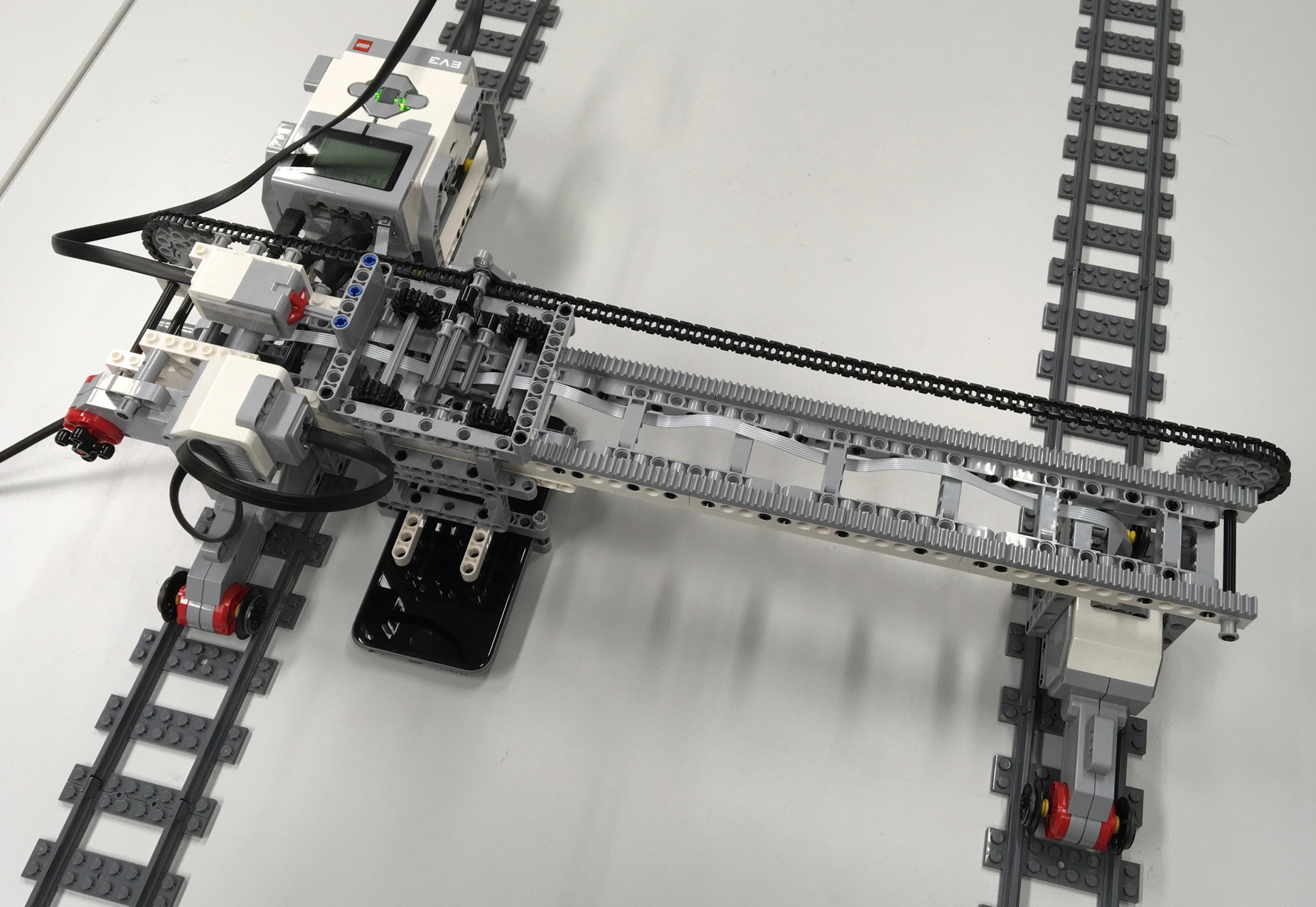Together with colleagues Bodo Bookhagen, Simon Schneider and Jens Tronicke, I am convening a session on “Classroom-sized earth science experiments” at the European Geosciences Union General Assembly 2018 in Vienna Austria between 8–13 April 2018.
Earth observation often uses complex measuring arrangements (e.g., orbiting satellites, seismic arrays, magnetotelluric surveys), highly specialized measuring devices (e.g., mass spectrometers, spectroscopes, gravimeters) and sophisticated data processing methods (e.g., signal processing, spectral analysis, pattern recognition, inverse methods).
Teaching the design of, performing and evaluating of geoscientific data-collection efforts and experiments is complex, expensive and requires significant preparation. Often, teaching is conceptualized and students commonly do not have a deep understanding of the earth science phenomenon, the measurement techniques and adequate data evaluation methods. Importantly, sources of errors and uncertainties are often neglected. We invite talks and posters about transferring earth science experiments and data-collection efforts into classrooms that take into account the typical, limited financial resources for teaching at universities.
Presentations including and showing example of interactive classroom discussions are particularly welcome. For example, encouraging students to build a model of a phenomenon on earth themselves (e.g. a magmatic dyke, a normal fault), to design a measurement method and arrangements (e.g. a magnetic survey, multispectral measurements), develop a control algorithm of the measuring instrument (e.g. a moving satellite), and perform and evaluate the acquired data (e.g. by using the same software to be used to analyze the large-scale analogue on planet earth).
Overall, this session will collect novel ideas and innovative approaches to include hands-on experiments in the classroom and thus strengthen the experimental character of modern Earth science teaching.

